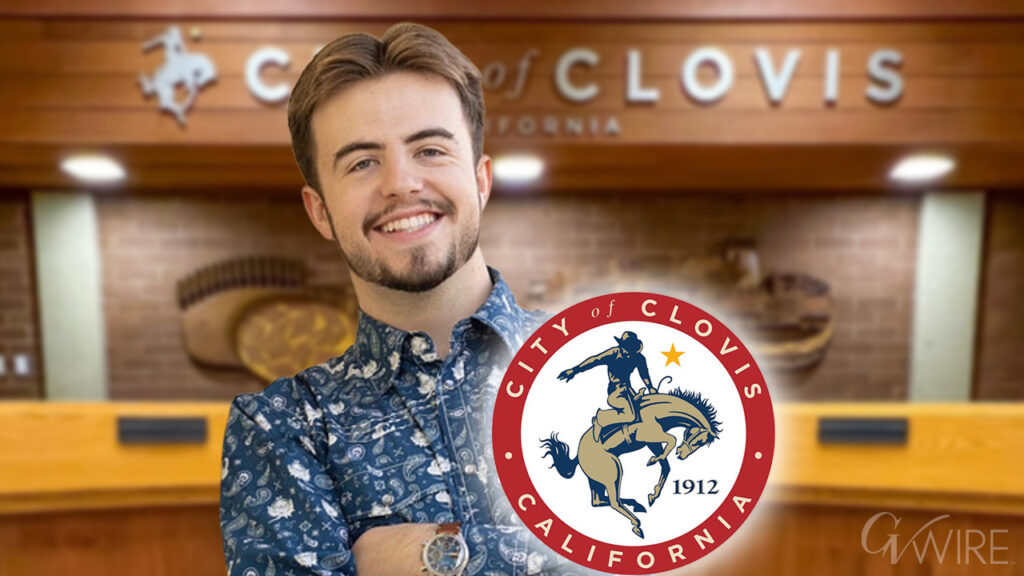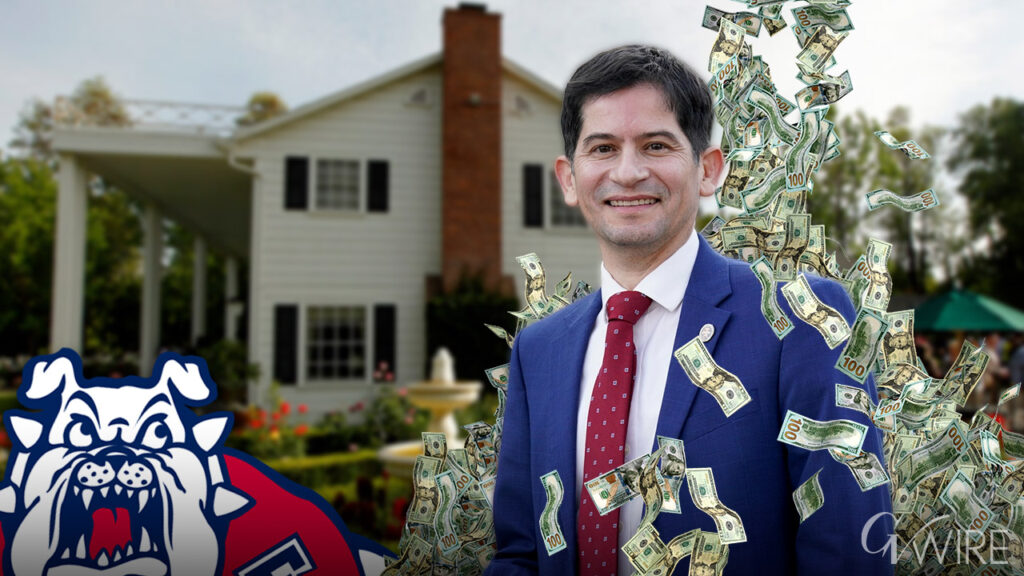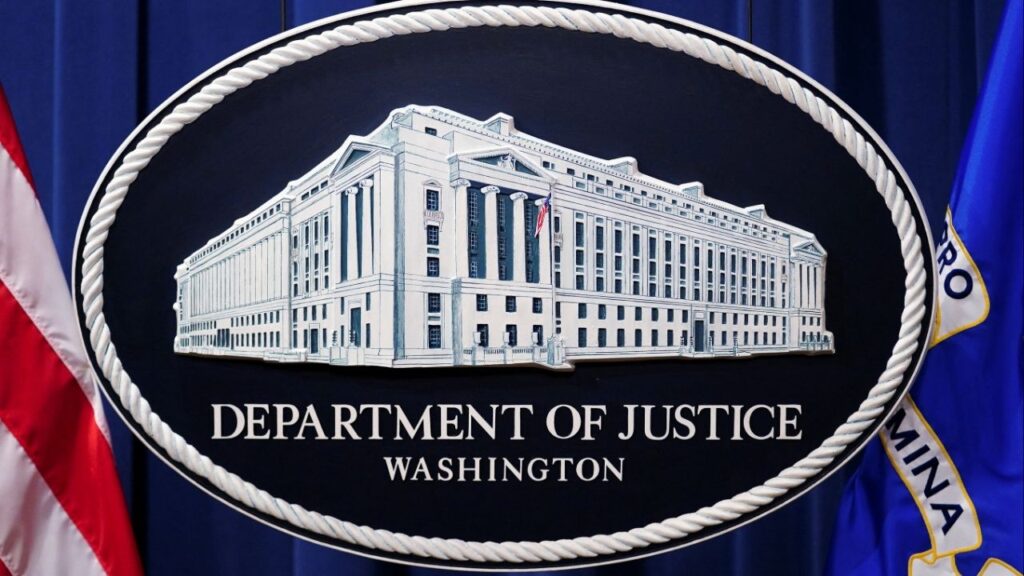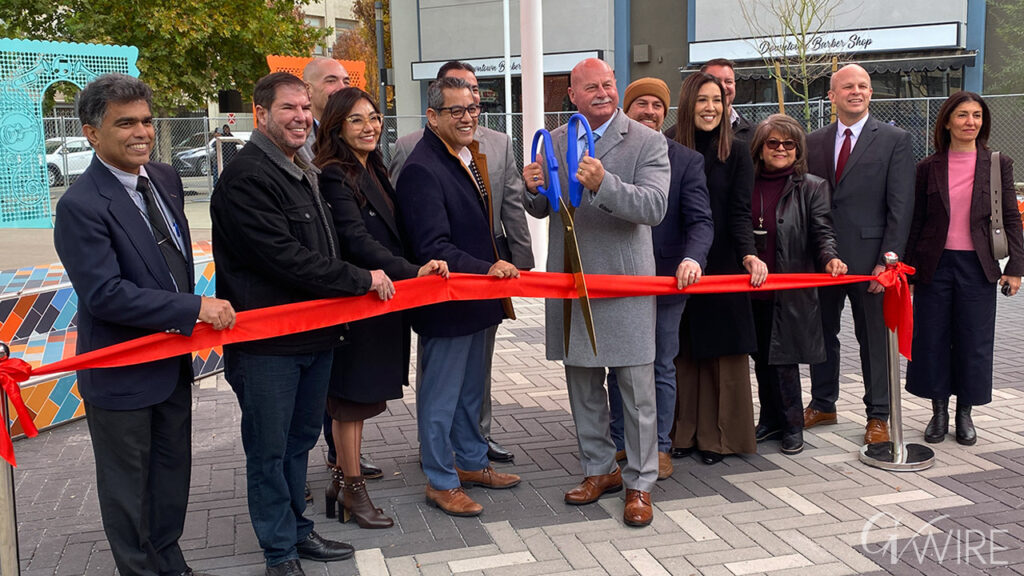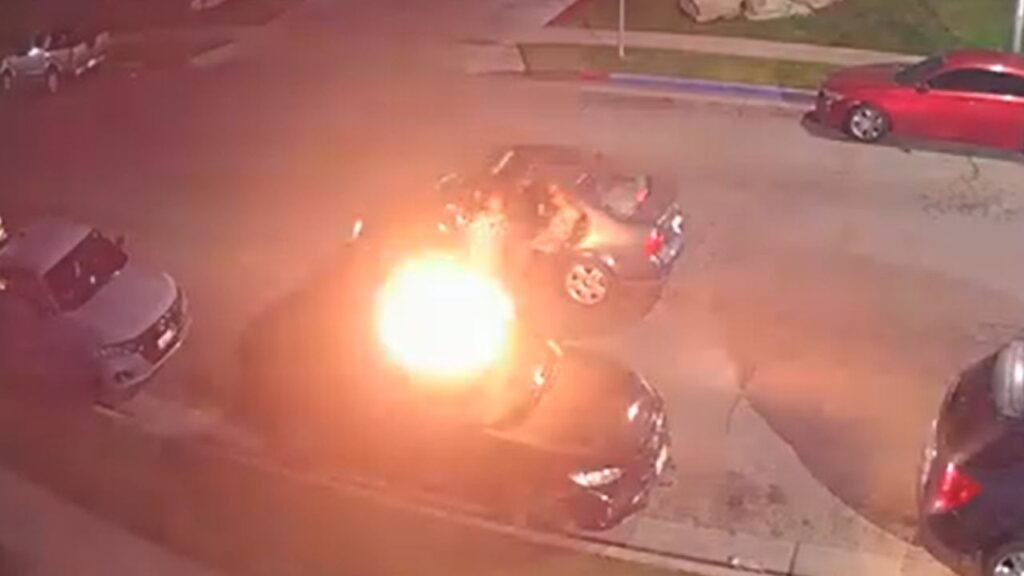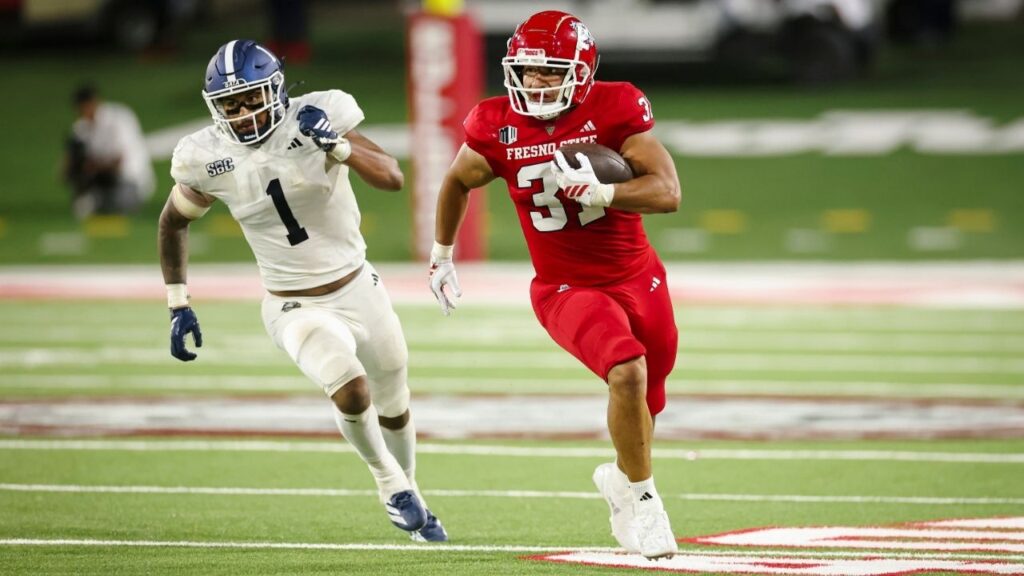Judge's ruling could transform collegiate athletics with unprecedented revenue sharing and compensation structure for student athletes. (AP/Eric Gay)

- Historic $2.8 billion settlement could revolutionize college sports with new revenue-sharing model benefiting student athletes.
- Universities prepare for July 1 implementation as settlement introduces clearinghouse to regulate NIL deals above $600.
- Changes include $20.5 million per school athlete payments and shift from scholarship limits to roster caps, raising concerns.
Share
Hours before college basketball crowns its next champion, the future of college sports will be hanging in the balance in a California courtroom.
U.S. District Judge Claudia Wilken’s scheduled hearing Monday in a courtroom in Oakland is expected to be the last one before the changes will truly begin under an industry-changing, $2.8 billion settlement of a 5-year-old lawsuit against the NCAA and the nation’s largest conferences. Among other things, it will clear the way for schools to share up to $20.5 million each with their athletes.
Final Approval Pending for Historic Settlement
Wilken already has granted preliminary approval for the settlement. It was unknown whether she will give final approval at Monday’s hearing, which is expected to include testimony from some of those objecting to details of the sprawling plan. LSU gymnast and influencer Olivia Dunne is among the 18 people scheduled to testify, though she is expected to appear via Zoom.
The new structure outlined by the settlement, which represents a shift in billions of dollars from the schools into the pockets of athletes, is supposed to go into effect on July 1.
Universities across the country have been busy making plans, under the assumption Wilken will put the terms into effect.
Major Financial Implications for Athletes
“We’re going to have a plan going into July 1, then we’re probably going to spend the next year figuring out how good that plan is and how we need to modify it going forward,” said Florida athletic director Scott Stricklin, whose department is among the biggest in the country and includes a Gators men’s basketball team playing for the national title Monday night against Houston.
The so-called House settlement, named after Arizona State swimmer Grant House, actually decides three similar lawsuits that were bundled into one. The defendants are the NCAA and the Southeastern, Big Ten, Atlantic Coast, Big 12 and Pac-12 conferences, all of whom have been touting the settlement as the best path forward for their industry.
“It’s a huge step forward for college sports, especially at the highest level,” said NCAA President Charlie Baker, whose organization continues to seek antitrust protections from Congress. “My biggest problem with the way the whole thing works right now is the schools have been removed from the primary relationship with the student-athletes.”
New Rules and Compensation Structure
The most ground-shifting part of the settlement calls on schools from the biggest conferences to pay some 22% of their revenue from media rights, ticket sales and sponsorships — which equals about $20.5 million in the first year — directly to athletes for use of their name, images and likeness (NIL).
Still allowed would be NIL payments to athletes from outside sources, which is what triggered the seismic shift that college sports has endured over the last four years. For instance, Cooper Flagg of Duke reportedly makes $4.8 million in NIL deals from groups affiliated with the school and others.
The settlement calls for a “clearinghouse” to make sure any NIL deal worth more than $600 is pegged at “fair market value.” It’s an attempt to prevent straight “pay for play” deals, though many critics believe the entire new structure is simply NIL masquerading as that.
Another key element is the $2.8 billion in back damages to athletes who played sports between 2016 and 2024 and were not entitled to the full benefits of NIL at the time they attended schools. Those payments are being calculated by a formula that will favor football and basketball players and will be doled out by the NCAA and the conferences.
The settlement also calls for replacing scholarship limits with roster limits. The effect would be to allow every athlete to be eligible for a scholarship while cutting the number of spots available.
There will be winners and losers under such a formula, though some fear it could signal the end of the walk-on athlete in college sports and also imperil smaller sports programs that train and populate the U.S. Olympic team.
AP college sports: https://apnews.com/hub/college-sports
RELATED TOPICS:
Categories

Russia Says It Has Captured Ukrainian Towns of Pokrovsk, Vovchansk






